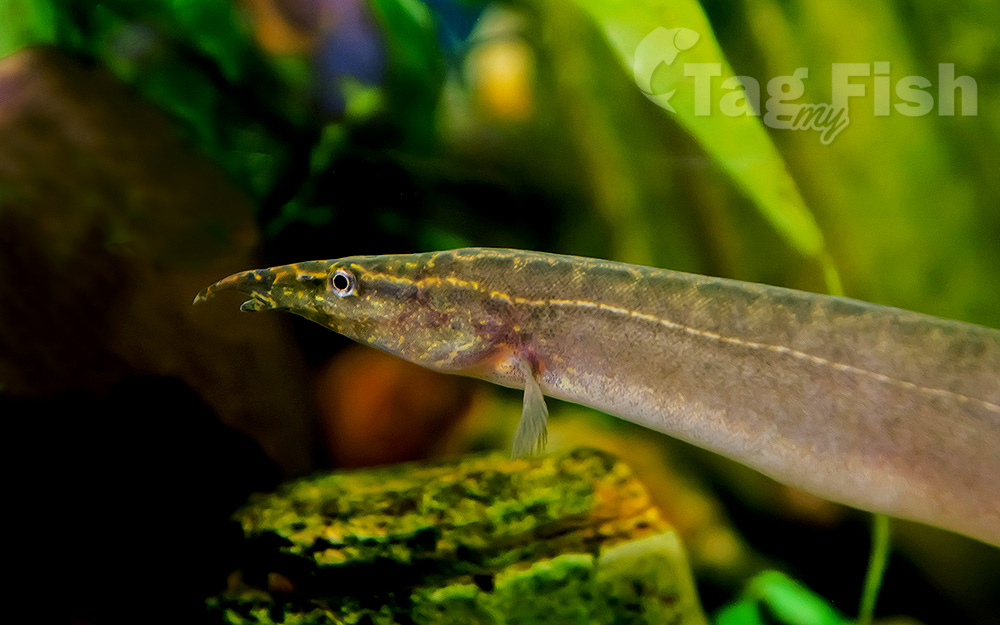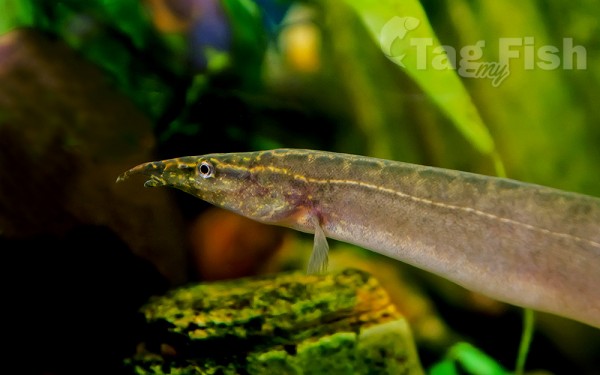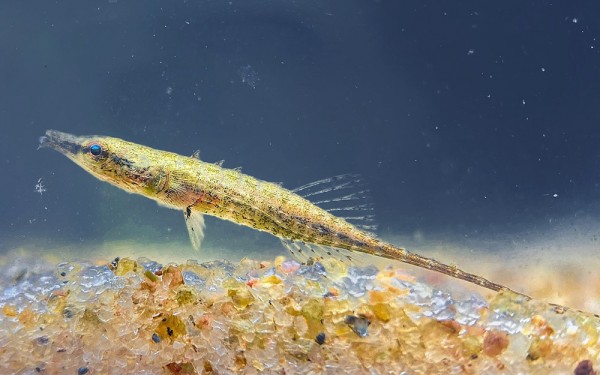Synbranchiformes - Swamp eels

Description
Synbranchiformes, often called swamp eels, is an order of ray-finned fishes that are eel-like but have spiny rays, indicating that they belong to the superorder Acanthopterygii.
There are a total of about 99 species divided over 15 genera in three families. There are two suborders: Synbranchoidei and Mastacembeloidei, or Opisthomi. The Synbranchoidei has one family, the Synbranchidae; four genera; and 17 species.
The Mastacembeloidei has two families: Chaudhuriidae, with four genera and five species, and Mastacembelidae, with three genera and about 26 species.
Modern studies have placed Indostomus, the sole genus within the family Indostomidae, within the Synbranchiformes.
These eel-like fishes range in size from 8–48 inches (20–150 cm). Although they are eel-like, they are not related to true eels (Anguilliformes). The premaxillae are present as distinct bones and are nonprotrusible. The gills are poorly developed, and their openings are usually single, small, confluent across the breast, and restricted to the lower half of the body. Oxygen is absorbed through the membranes of the throat or intestine. The dorsal and anal fins are low and continuous around the tail tip. Pelvic fins are absent. Scales are either absent or very small. They lack a swim bladder.















